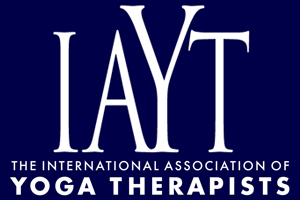A Study of the Impact of Yoga Âsana on Perceived Stress, Heart Rate, and Breathing Rate
The purpose of this study was to examine how practicing Yoga âsana influences perceived stress level and physiological indicators of stress,such as resting heart rate and breathing rate. The sample consisted of 79 moderately-stressed students enrolled in Yoga âsana classes at a university in Southern California. Students participated in Yoga âsana classes for ten weeks as part of the General Education (GE)Physical Education curriculum. Participants reported data pre- and post-class on resting heart rate, unregulated breathing rate, and perceived stress level. We hypothesized that the practice of Yoga âsana would be associated with decreased stress. Results: Yoga âsana was associated with positive pre- to post-class changes on perceived stress, heart rate, and breathing rate. Participants' pre-class perceived stress and breathing rate decreased during the ten-week period. However, participants' pre-class resting heart rate did not change significantly over the course of the study.
